Is that an uptown rat or a downtown rat? Study says there’s a difference.
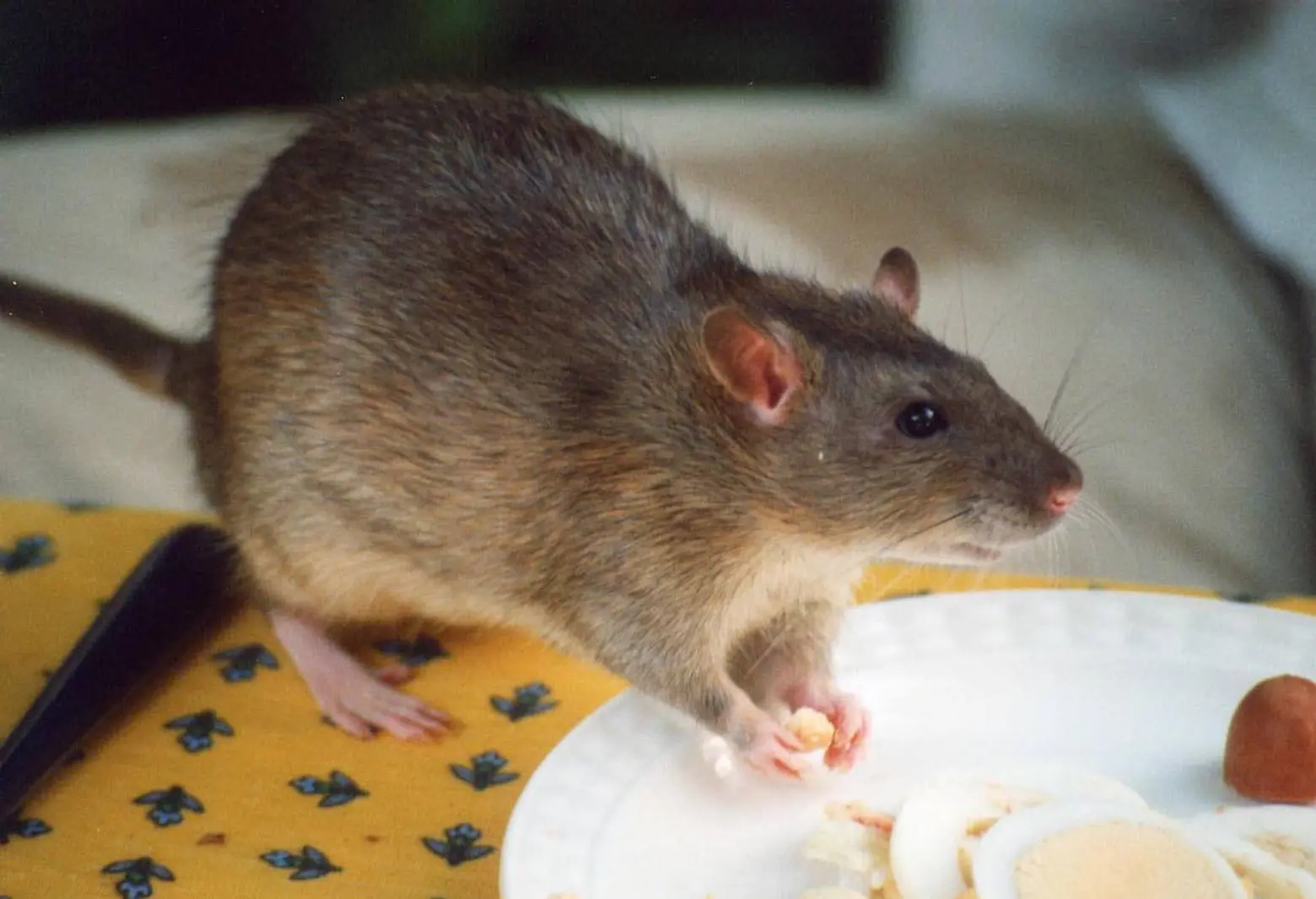
This might be an uptown rat sampling a salad Niçoise. Image: Wikipedia.
Next time you see a rat in Comme des Garçons sneakers, you’ll know you’re in the West Village. Fordham University graduate student Matthew Combs is what you might call an urban rat scholar. Most recently Combs and his colleagues have been focused on the DNA of Manhattan’s brown rats; according to The Atlantic, they’ve been able to produce the most comprehensive genetic rat population portrait to date. Their study revealed that there are distinctive rat subpopulations within the city’s scampering masses: In particular, Manhattan’s uptown and downtown rats are genetically distinguishable from one another.
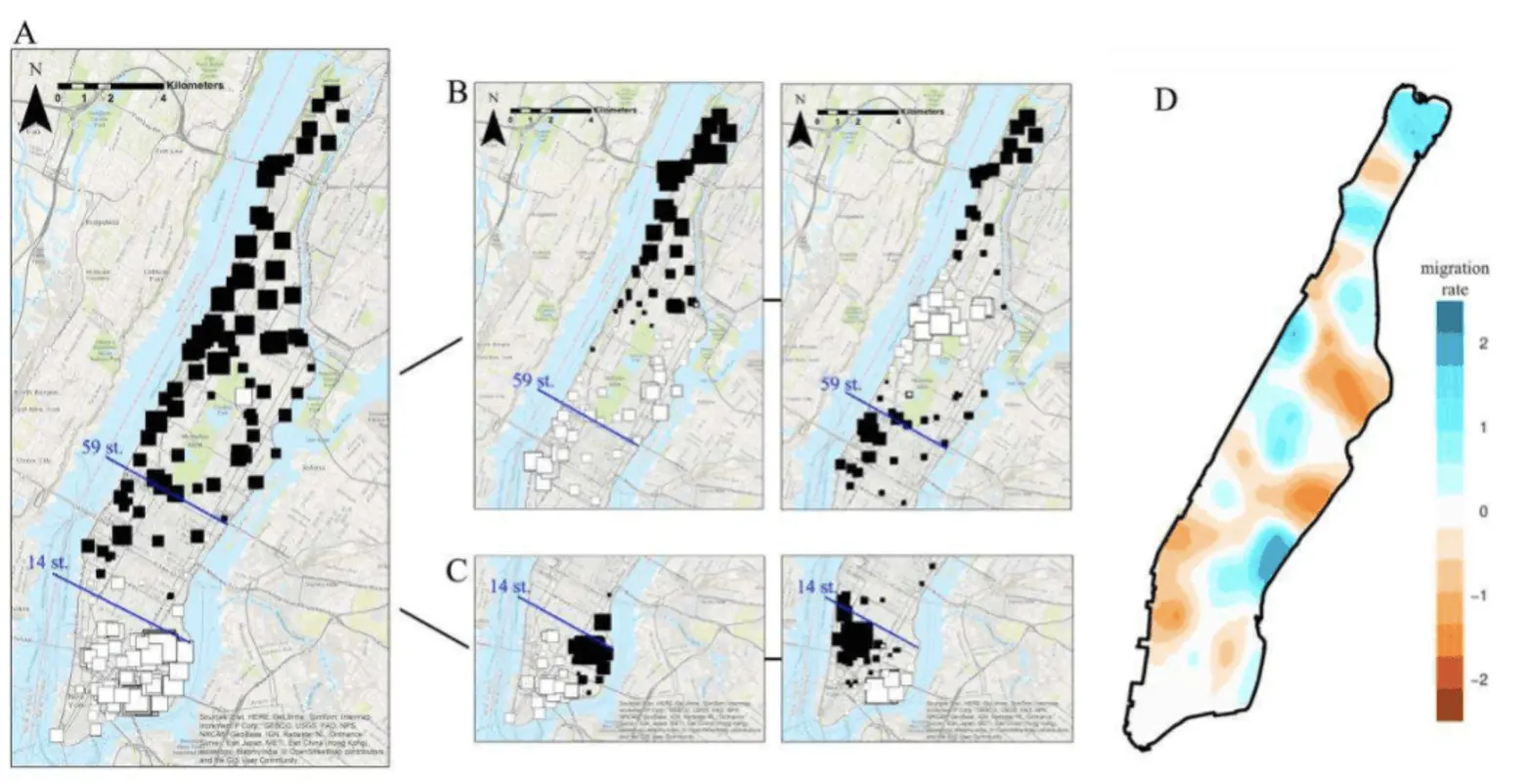
Map on the left shows two clusters of uptown rats (black, north of 59th Street) and downtown (white, south of 14 Street) rats. On the right is a map showing estimated rat migration rates. (Combs et al. / Molecular Ecology via The Atlantic)
Manhattan’s rats are genetically similar to their Western European cousins, particularly the British and French ones). Combs was surprised to find the origin of Manhattan’s rats to be so limited, as the city has been the center of so much trade and immigration.
On closer investigation, the study showed definite genetic distinctions in the city’s rat subpopulations, especially between Manhattan’s uptown and downtown rats. The geographic barrier of midtown separates the two. Though there are plenty of rats in midtown, the more residential zones above and below are more compelling residential enclaves since their human residents are more likely to produce tasty household garbage rather than boring business detritus. And, like many New Yorkers, rats tend to spend their time within a few blocks of their homes. This means that the uptown rats and downtown rats don’t mingle much.
We’re pretty sure you don’t want to know how they did their DNA analysis, but the researchers found that distinct neighborhoods had their own distinct rats. “If you gave us a rat, we could tell whether it came from the West Village or the East Village,” says Combs. “They’re actually unique little rat neighborhoods.” And the boundaries of rat neighborhoods correspond with human ones.
Combs and a team of undergrads conducted their rat hunt from Inwood to points south. With permission from the New York City Department of Parks and Recreation, they rustled bushes in Central Park, on medians and triangles and in little gardens throughout the city. Local residents were happy to point out their own personal rat neighbors. A crowdsourced map of rat sightings helped as well. Combs is now at work on his dissertation on the ecology of New York City’s rats, focusing on how natural features like parks, social factors like poverty and physical infrastructure like the subway system account for the way Manhattan’s rats are distributed.
Two years on, Combs has new respect for the enemy for its ability to thrive on nearly anything and reproduce prodigiously, but also for the creatures’ complex social structure–female rats, for example, will give birth all at the same time and raise their offspring in one nest. “They are, quote-unquote, vermin, and definitely pests we need to get rid of,” he says, “but they are extraordinary in their own ways.””
[Via The Atlantic]
RELATED:
Get Inspired by NYC.
Leave a reply
Your email address will not be published.
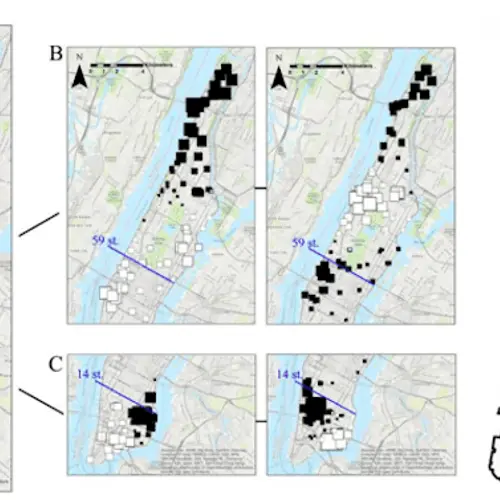
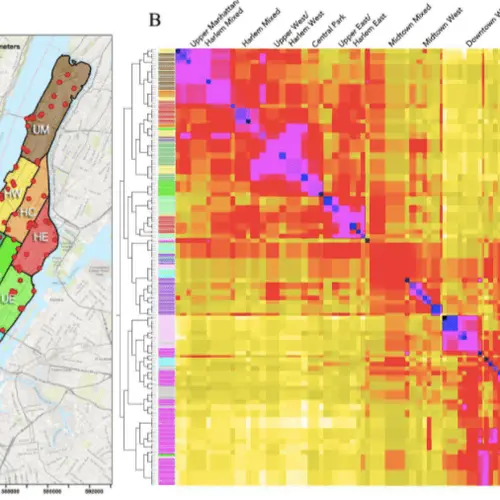
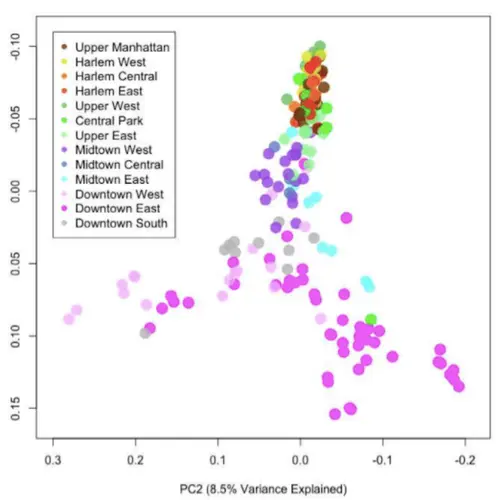
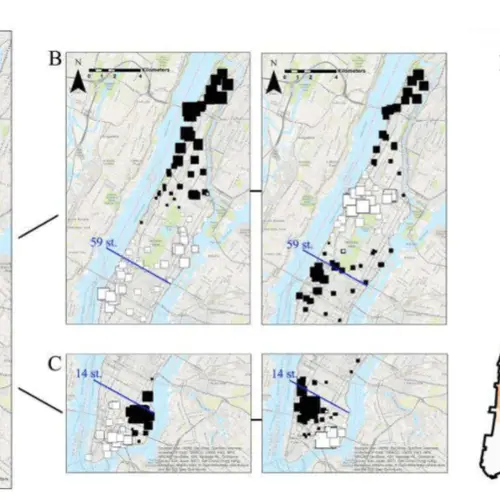
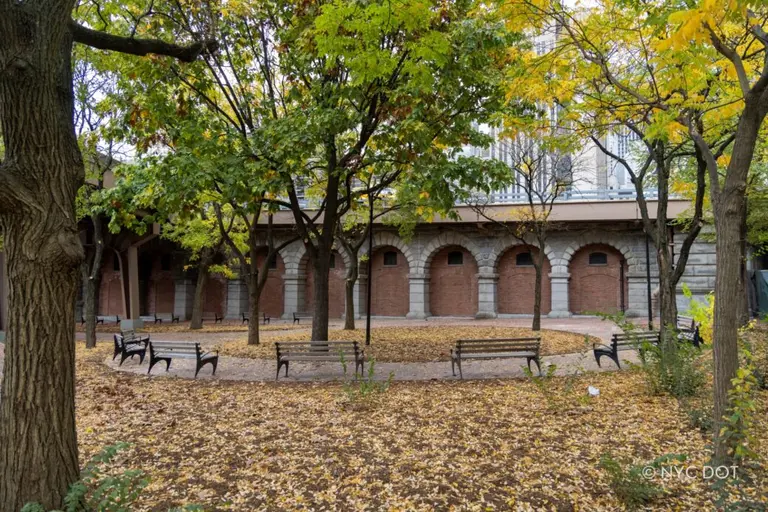
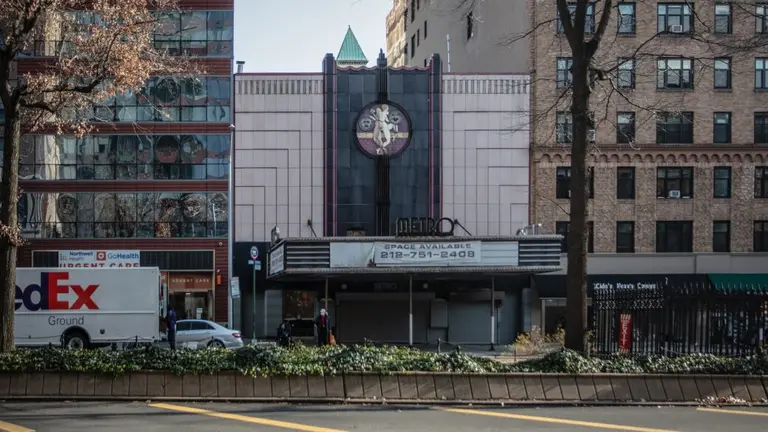












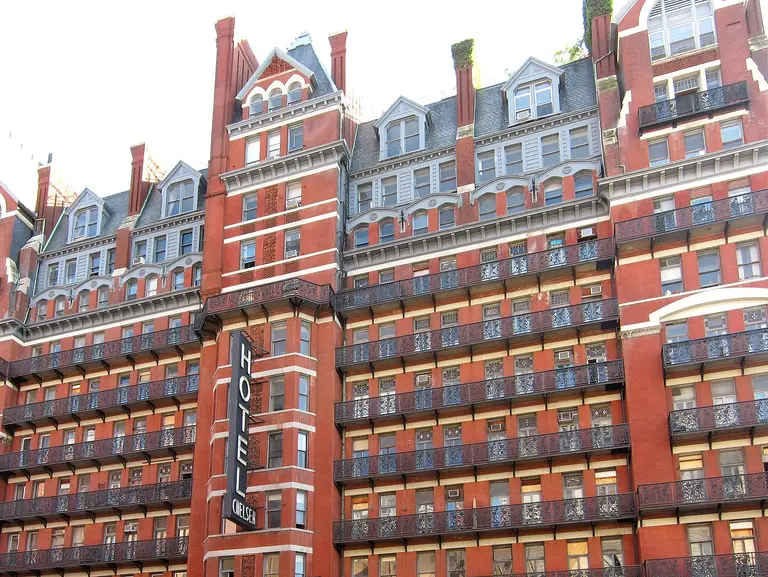














I can’t stand rodents. Does not matter what type to me!